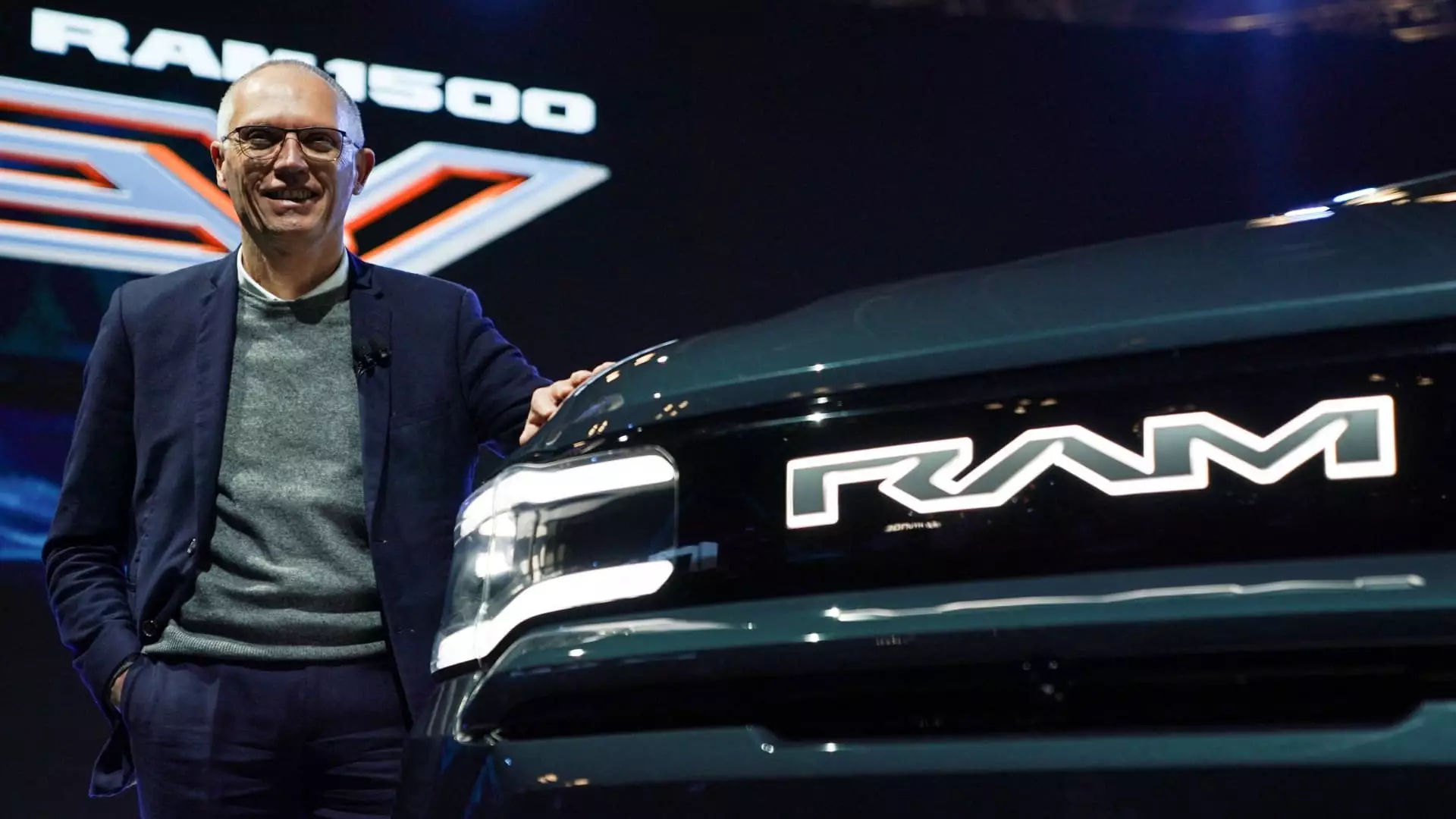In a significant upheaval within the automotive industry, Stellantis, a major player formed by the merger of Fiat Chrysler and France’s PSA Group, is grappling with substantial external and internal pressures. Recent public criticisms from its dealer network and the United Auto Workers (UAW) have drawn attention to the company’s dwindling sales and increasingly aggressive cost-cutting measures instituted by CEO Carlos Tavares. The ire of dealers and union representatives alike has been directed toward Tavares’s leadership style, which many argue prioritizes immediate cost savings over long-term brand viability and consumer trust.
The poignant criticism from Kevin Farrish, head of Stellantis’ U.S. dealer council, highlights a growing frustration among the company’s 2,600 U.S. dealers. In an open letter, Farrish outlined alarming issues afflicting the company—such as plummeting market share, factory closures, executive departures, and accusations of mismanagement. He painted a bleak picture of the damage that he attributes to Tavares’s “reckless decision-making,” arguing that while profits may momentarily appear robust, the long-term health of Stellantis’s prestigious brands—Chrysler, Dodge, Jeep, and Ram—is in jeopardy. Such criticisms resonate deeply given that dealers are often the frontline representatives of automakers, and their concerns can impact sales and public perception significantly.
Despite reports of a record profit for Stellantis for the year, including a notable first-half net profit of €5.6 billion, a deeper examination reveals a complex reality. This represents a staggering 48% decline compared to the previous year. Furthermore, the company’s stock has slumped nearly 36% this year, peaking at a new low of $14.76 recently. This juxtaposition of profitability against a backdrop of declining market presence and stock performance raises critical questions about the sustainability of such growth amidst mounting operational challenges. As Tavares embarks on his “Dare Forward 2030” initiative to double revenue by 2030, the risk of prioritizing immediate profits at the expense of product quality and market share looms large.
Adding to the mounting turmoil, United Auto Workers President Shawn Fain has also voiced strong objections to Tavares’ leadership, accusing him of price gouging and betraying labor contract agreements. This union, representing approximately 38,000 Stellantis employees, plans to rally against what they consider gross mismanagement, signaling a broader discontent that extends well beyond dealership networks. The collective voice of dealerships and unions creates a potent challenge for Tavares, as they represent vital stakeholders whose trust and performance are crucial for the company’s survival amidst escalating competition in the automotive market.
Sales data reveals that Stellantis has faced consecutive annual declines in U.S. sales since hitting a peak of 2.2 million vehicles in 2018. In stark contrast, the overall market for new light-duty vehicles in the U.S. experienced a 13% increase last year. Such discrepancies call into question Stellantis’s strategic choices and their alignment with market trends. While competitors are expanding their market presence, Stellantis appears to be caught in a cycle of reactive measures that do not effectively address the evolving consumer landscape or the growing demand for innovative products.
The challenges faced by Stellantis under Carlos Tavares’s leadership are manifold and complex. The open critiques from dealers and union representatives not only highlight internal strife but also underline the need for a recalibrated strategy that balances profit-driven goals with the sustainable growth of its brands. As the automotive industry continues to evolve with technological advancements and shifting consumer preferences, Stellantis must transition from a reactive posture to a proactive stance that prioritizes long-term health and brand loyalty. The impacts of these recent events, including declining sales, executive departures, and union dissatisfaction, will likely shape the company’s future trajectory, making strategic adjustments imperative for its success in the coming years.

